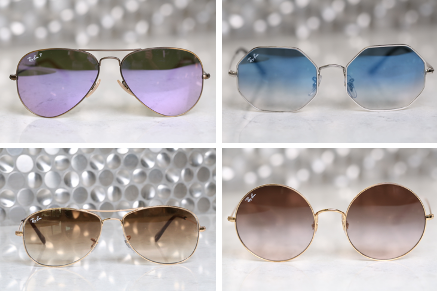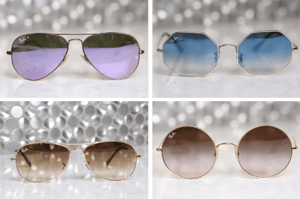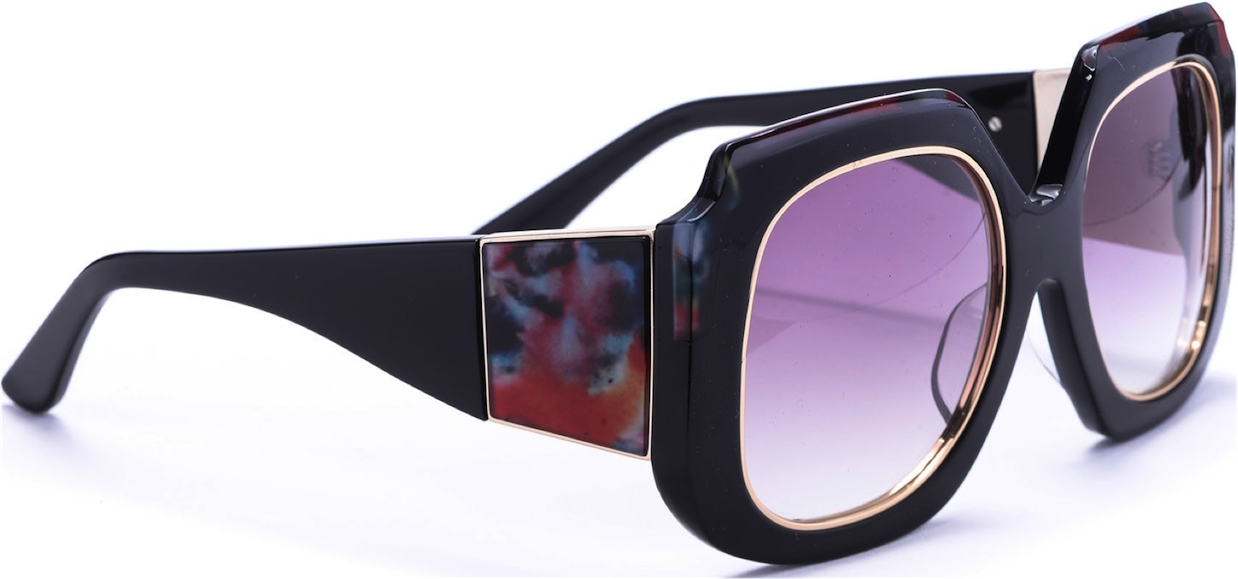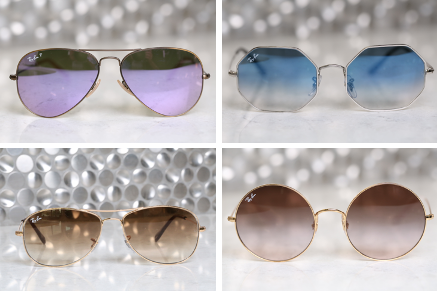What's Hot Right Now
RUNWAY READY On or off the runway, eyewear styles make a big bold statement. They declare that the bigger the frame...the better. Screaming with...
2 min read
 The Rochester Eye & Laser Team
:
Aug 6, 2020 11:30:00 AM
The Rochester Eye & Laser Team
:
Aug 6, 2020 11:30:00 AM

 Did you know that too much sun on unprotected eyes increases the risk of eye disease? The good news is that prevention is simple: Wear sunglasses that block 99 to 100 percent of UVA and UVB radiation. But there are a lot of common myths about sunglasses and eye health. That’s why we are working to debunk the myths and offer tips to promote smart eye health choices.
Did you know that too much sun on unprotected eyes increases the risk of eye disease? The good news is that prevention is simple: Wear sunglasses that block 99 to 100 percent of UVA and UVB radiation. But there are a lot of common myths about sunglasses and eye health. That’s why we are working to debunk the myths and offer tips to promote smart eye health choices.
False. UV light gets through clouds and haze. Regardless of the season, sun exposure can increase the risk of developing cataracts, growths on the eye and cancer. Sun reflecting off ice and snow can also lead to photokeratitis, a painful eye condition sometimes referred to as snow blindness.
False. Children are just as susceptible to the sun’s harmful rays as adults. Start them on healthy habits early.
False. Sunglasses don’t have to cost a lot of money to provide adequate eye protection. Less expensive pairs marked as 100 percent UV-blocking can be just as effective as more expensive options. Labels can sometimes be confusing. Some indicate sunglasses offer 100 percent protection from UVA/UVB radiation, others offer 100 percent UV 400 protection. Both block 100 percent of the sun’s harmful radiation.
False. Polarized lenses do not block more radiation; however, they can cut down on glare reflecting off cars, water or pavement, which can make activities such as driving or boating more enjoyable.
“Your eyes need protection from the sun’s damaging ultraviolet rays just like your skin,” said Ken Lindahl, MD, Owner and Ophthalmologist of Rochester Eye and Laser Center. “Sunglasses are your prescription for eye health. They are effective, inexpensive, and provide protection year-round.”
See our newest line of Ray-Ban sunglasses and frames!
Buy One Get One Free August Optical Shop Sale!

RUNWAY READY On or off the runway, eyewear styles make a big bold statement. They declare that the bigger the frame...the better. Screaming with...

Sunglasses are a vital part of your eye protection strategy, serving both functional and lifestyle needs.

Don't take our word for it. Take a look at what our patients say!